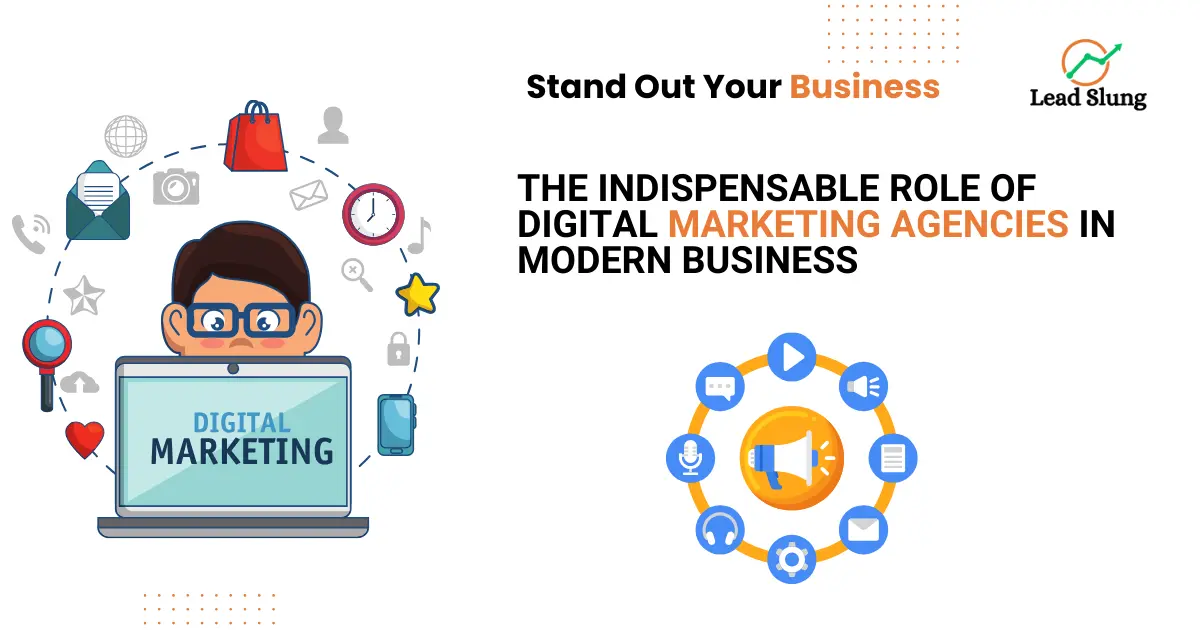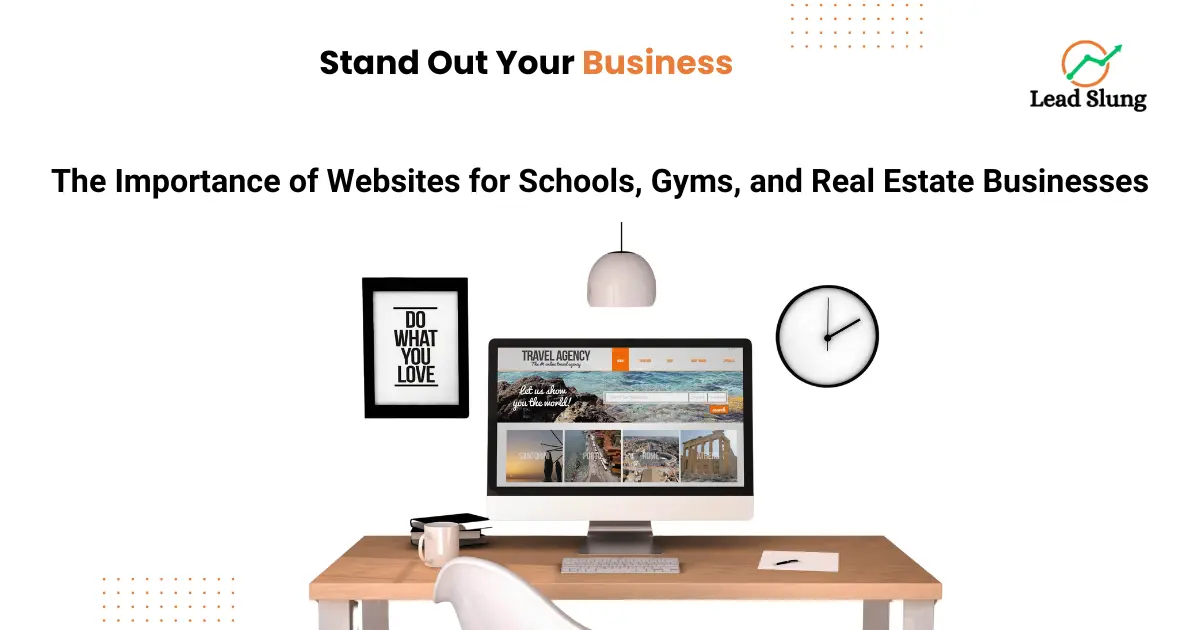You Don’t Need a Big Budget to Succeed
A lot of people think that running a successful online store requires deep pockets. They believe that only big brands with massive ad budgets can attract customers and make sales. That’s just not true! In fact, many small businesses and startups thrive by using smart, budget-friendly eCommerce strategies to grow without breaking the bank.
If you know how to play your cards right, you can drive traffic, increase sales, and build a strong brand all without spending a fortune. In this guide, I’ll walk you through practical and cost-effective digital marketing tactics that will help you compete with the big guys. Let’s start with the foundation your eCommerce marketing strategy on a budget and what makes it successful.
1. Understanding: the Core of a Winning eCommerce Marketing Strategy
Creating a successful online store marketing strategy isn’t about how much money you spend it’s about how smart you are with your marketing efforts.
Organic Traffic (SEO & Content Marketing)
One of the best ways to grow an online store for free is through SEO and content marketing. Unlike paid ads, which stop working the moment you stop spending, SEO for eCommerce websites helps you get free traffic to an eCommerce website consistently. By optimizing your site and creating valuable content, you can rank higher on Google and attract customers naturally.
Paid Ads on a Budget (Google & Facebook Ads)
While you don’t need a huge budget, a low-budget eCommerce growth plan can still include Google Ads on a budget or Facebook Ads for small businesses. The key is targeting the right audience, using retargeting strategies, and optimizing your ad spend. We’ll dive deeper into this in a later section.
Email Marketing (The Most Cost-Effective Tool)
Email marketing is one of the most budget-friendly eCommerce strategies that allows you to connect with your customers without spending on ads. With the right email marketing for eCommerce, you can nurture leads, increase repeat sales, and build a loyal customer base.
Social Media Marketing (Organic Growth Without Spending)
Social media is a goldmine for small business eCommerce tips—if you use it right. Platforms like Facebook, Instagram, TikTok, and YouTube allow you to promote an eCommerce store with zero budget by leveraging organic engagement, communities, and viral content.
Influencer & Affiliate Marketing (Boost Sales Without Ads)
Many brands think influencers are expensive, but that’s not always true. You can use budget-friendly influencer marketing for eCommerce by collaborating with micro-influencers or running an affiliate marketing for eCommerce program. This way, you only pay when someone makes a sale!
Customer Retention & Upselling (Maximize Profits Without Extra Spending)
Getting new customers is expensive. That’s why smart businesses focus on customer retention strategies to keep buyers coming back. By using upselling techniques, you can increase revenue from existing customers without spending extra on advertising.
2. Laying the Foundation: Optimize Your eCommerce Website for SEO
Now that you understand the key components of a winning digital marketing plan for eCommerce, let’s start with the most important step—SEO. If your store isn’t optimized for search engines, you’re leaving money on the table. Here’s how to fix that:
On-Page SEO: Get Your Website Google-Ready
Your website is your digital storefront, and Google needs to understand what you sell. Here’s how to optimize your eCommerce marketing strategy on a budget with SEO:
Optimize Product Pages with Keywords
Use relevant terms like “best low-cost marketing strategies for online stores” in your product titles, descriptions, and meta tags. Avoid stuffing keywords—write naturally while making sure Google understands what your product is about.
Write Engaging Meta Descriptions
Meta descriptions help improve your click-through rate (CTR). Instead of writing boring descriptions, make them compelling. Example:
Tips: Want to grow your online store without spending a fortune? Learn the best low-budget eCommerce growth strategies today!
Improve Internal Linking
Link to related products and blog posts within your store. This helps both search engines and customers navigate your site better.
Use SEO-Friendly URLs
Instead of “yourstore.com/p12345”, use “yourstore.com/best-budget-marketing-strategies” to help Google understand your page.
Technical SEO: The Hidden Secret to Higher Rankings
Many eCommerce store owners ignore technical SEO, but it’s crucial for organic traffic for eCommerce sites. Here’s what you need to check:
Site Speed Matters
A slow website kills sales. Use free tools like Google PageSpeed Insights to improve loading speed.
Mobile Optimization is a Must
More than 60% of online shoppers browse on mobile. If your store isn’t mobile-friendly, you’re losing potential customers.
Fix Broken Links & Errors
Broken links make your site look untrustworthy. Regularly check for errors using Google Search Console.
Tips: Best Free SEO Tools for eCommerce
SEO doesn’t have to be expensive! Here are some best free SEO tools for eCommerce:
Google Search Console (Check site performance and fix errors)
Ubersuggest (Find keywords and competitor insights)
AnswerThePublic (Discover trending questions related to your niche)
Google Keyword Planner (Find low-competition keywords for free)
Yoast SEO (For WordPress/WooCommerce sites to optimize content)
By implementing these SEO strategies, you’ll lay a strong foundation for low-cost lead generation tactics and organic traffic growth—without spending a single dollar on ads.
You Don’t Need Big Money to Get Big Traffic
A lot of people believe that if you’re not running expensive ads, your online store won’t get traffic. That’s just not true. While paid ads can help, the real game-changer is free traffic to an eCommerce website through smart content marketing and social media strategies.
The good news? You don’t have to spend a dime if you play it right. With the right content marketing for online stores and social media strategies for eCommerce startups, you can drive consistent traffic, build a loyal customer base, and grow your store organically.
Let’s break it down step by step.
3. Content Marketing: Blogging & Social Media for Free Traffic
Content marketing isn’t just for bloggers. If you run an online store, creating valuable content is one of the best low-cost marketing strategies for online stores. Here’s how to use content marketing for eCommerce to get customers to find you without paying for ads.
Blogging for eCommerce Brands A Traffic Magnet
Ever wondered why big brands have a blog? Because it works. Blogging helps you rank for keywords like “best low-cost marketing strategies for online stores” and “how to get free traffic to an eCommerce website”.
Here’s how to make your blog work for you
Write About Topics Your Customers Search For
People search for solutions, not products. Instead of writing only about your products, create content that solves problems. Example:
Step-by-Step eCommerce Marketing Plan for Beginners
Best Free Advertising Methods for eCommerce Businesses
These posts attract potential customers and position you as an authority.
Use SEO-Optimized Blog Posts to Rank on Google
Every blog post should include:
Long-tail keywords like “best content marketing strategies for eCommerce brands”
Internal links to product pages
Engaging content that keeps readers on your site
Add Value with Guides, Comparisons, and Reviews
Write blog posts that educate and persuade. Example:
- “The Best Free SEO Tools for eCommerce to Boost Traffic”
- “How to Use Content Marketing to Grow an Online Store on a Budget”
Your goal? Make people trust your brand before they even visit your product page.
Leveraging Social Media to Drive Organic Sales
Social media is a goldmine for eCommerce startups, and you don’t need paid ads to see results. Here’s how you can build an audience and get free traffic to your eCommerce website.
Facebook Groups for Business Growth
Instead of just posting on your business page (which gets limited reach), join and engage in Facebook groups related to your niche. Answer questions, give value, and casually mention your products when relevant.
Instagram & TikTok Marketing for Online Stores
Short videos sell! Show behind-the-scenes content, product demos, and customer reviews to get free engagement on Instagram Reels and TikTok.
YouTube Marketing for eCommerce
If your product is visual, create simple how-to videos or product comparison videos. Example:
- “Best Budget-Friendly eCommerce Strategies to Grow Your Store”
- “How to Promote an Online Store with Zero Budget”
Videos boost trust and increase conversion rates!
Hashtags & Trends for Maximum Reach
Use relevant hashtags to increase your visibility. For example, if you sell skincare products, try:
- #AffordableSkincare
- #BudgetBeauty
- #SmallBusinessMarketing
Social media is about being seen consistently. The more you post valuable content, the more people remember your brand.
4. Social Media Marketing – Grow Without Paying for Ads
Many store owners think they need paid ads to succeed on social media. But organic social media strategies for eCommerce startups can help you grow without spending a single dollar.
The Best Social Media Platforms for eCommerce Growth
Not every platform works for every store. Choose the one where your audience hangs out:
- Facebook & Instagram – Best for fashion, beauty, and lifestyle brands.
- TikTok & YouTube – Great for showing how your product works.
- Pinterest – A goldmine for home decor, fashion, and DIY brands.
- LinkedIn – Ideal if you sell B2B products or services.
The key is to pick 1-2 platforms and be consistent.
How to Promote an Online Store with Zero Budget
Engage with Your Audience Daily
The more you interact, the better your reach. Reply to comments, share user-generated content, and engage with influencers in your niche.
Go Live & Show Behind-the-Scenes Content
Live videos get higher engagement than regular posts. Show product demos, Q&A sessions, or how your product is made.
Post Consistently Using a Content Calendar
Plan your posts in advance. Example:
- Monday: Customer review or testimonial
- Tuesday: Behind-the-scenes video
- Wednesday: Product feature or tutorial
- Thursday: Engaging question or poll
- Friday: Flash sale or limited-time offer
A consistent posting schedule keeps your audience engaged.
Facebook & Instagram Ads on a Budget
If you do decide to run ads, here’s how to maximize your budget:
Start with Retargeting Ads
Instead of targeting new people, show ads to people who visited your website but didn’t buy. Retargeting is cheaper and more effective than broad audience ads.
Use Facebook Groups & Instagram Reels to Test Content for Free
Before running ads, test what kind of posts get the most engagement organically. Then, boost only the best-performing ones.
Leverage Lookalike Audiences
Once you get some sales, use Facebook’s Lookalike Audience feature to find more people similar to your customers.
You Don’t Need to Spend Big to Convert Visitors into Buyers
A common myth in eCommerce is that you need huge ad budgets to convert visitors into customers. But that’s far from the truth. Many online stores fail not because they don’t have traffic, but because they don’t know how to convert visitors into paying customers.
You can have thousands of visitors a day, but if your site doesn’t build trust, nurture leads, and make purchasing easy, you’re losing money. The good news? You don’t need to spend big to boost conversions. By using smart email marketing, retargeting, and customer retention strategies, you can increase sales without increasing your marketing budget.
Let’s break down how you can turn visitors into loyal customers—on a budget.
5. Email Marketing – The Most Cost-Effective Tool for eCommerce
Email marketing is one of the best low-cost marketing strategies for online stores. Unlike social media, where algorithms decide who sees your content, email lets you directly reach your potential customers whenever you want.
Here’s how to use email marketing for eCommerce to boost sales without spending a fortune.
5Building an Email List for Free
Before you can send emails, you need people to sign up. Here’s how to grow an email list for an eCommerce store—for free:
Use Pop-Ups & Lead Magnets
Give website visitors a reason to subscribe. Offer a:
- 10% discount on their first order
- Free shipping on their first purchase
- Exclusive access to special deals
Leverage Exit-Intent Popups
When visitors are about to leave your site, show a “Wait! Get 15% Off Your First Order” pop-up. Many visitors will sign up just for the deal.
Collect Emails Through Social Media
Run a giveaway or contest where users enter by signing up with their email. Example: “Win a $50 gift card! Enter your email to participate.”
Best Email Sequences to Boost Sales
Once you have an email list, don’t just send random emails. Use automated email sequences that increase conversions.
Welcome Email Series
Your first email should:
- Introduce your brand
- Offer a special discount
- Show best-selling products
Abandoned Cart Emails
Many people add products to their cart but never complete the purchase. A well-timed email can bring them back.
Example:
Subject: “Did you forget something? Here’s 10% off!”
Body: “You left some great items in your cart! Complete your purchase now and get 10% off.”
Product Recommendation Emails
Use AI tools (like Shopify’s built-in email tools) to send personalized product recommendations based on customer behavior.
Loyalty & Re-engagement Emails
Haven’t heard from a customer in a while? Send an email:
Subject: “We Miss You! Here’s 20% Off to Welcome You Back”
This keeps customers coming back without spending on ads.
The Best Free Email Marketing Tools for eCommerce
You don’t need expensive software to send emails. Here are some free email marketing tools for eCommerce:
- Mailchimp (Free up to 500 contacts)
- MailerLite (Great for automation & segmentation)
- Klaviyo (Best for Shopify stores)
- Omnisend (Advanced automation for eCommerce)
6. Customer Retention & Upselling – Maximize Sales Without Extra Spending
Did you know that getting a new customer costs 5x more than keeping an existing one? That’s why the smartest eCommerce brands focus on customer retention strategies to boost profits without spending on new traffic.
Here’s how you can turn first-time buyers into repeat customers.
6Loyalty Programs – Reward Customers & Keep Them Coming Back
Loyalty programs are one of the best low-cost customer retention tactics. They encourage customers to buy more without you spending extra on ads.
Simple Points-Based System
Example:
- Earn 1 point for every $1 spent
- Get $10 off for every 100 points
Exclusive VIP Tiers
Encourage higher spending with tiers:
- Silver (Spend $100 & Get 5% Off Forever)
- Gold (Spend $500 & Get 10% Off + Free Shipping)
- Platinum (Spend $1000 & Get 15% Off + Early Access to Sales)
Referral Rewards
Offer incentives for referrals: “Refer a friend & get $10 off your next order.” This turns your customers into free brand ambassadors.
6Upselling & Cross-Selling – Increase Revenue Without Extra Ad Spend
Upselling and cross-selling boost your average order value (AOV)—without extra marketing costs.
Upselling Techniques for eCommerce
Encourage customers to upgrade to a better version of a product. Example:
- Buying a laptop? Offer an upgrade to a higher-end model with a discount.
- Selling skincare? Offer a bundle with a full skincare routine.
Cross-Selling for More Sales
Recommend related products based on what customers are buying. Example:
- Buying a camera? Show a discount on memory cards.
- Buying a dress? Offer a matching handbag at 10% off.
The key is to make it easy for customers to spend more without feeling pressured.
Best Free Customer Retention Tools for eCommerce
You don’t need expensive software to retain customers. Here are some free tools:
- Smile.io (For loyalty & rewards programs)
- ReferralCandy (For referral marketing)
- Tidio (For AI-powered live chat)
- Klaviyo (For automated customer retention emails)
You Don’t Need Big Influencers or Expensive Ads to Boost Sales
A common mistake many eCommerce store owners make is thinking they need big influencers or a huge ad budget to get noticed. That’s not true. You can leverage micro-influencers, affiliate marketing, and organic traffic to grow your store—without breaking the bank.
Many small businesses see better ROI (return on investment) from micro-influencers and niche affiliates than from expensive celebrity endorsements. Why? Because trust matters more than reach. When a smaller influencer with an engaged audience promotes your product, it feels more personal and authentic.
Now, let’s explore how you can use influencer marketing and affiliate partnerships to drive sales without spending a fortune.


